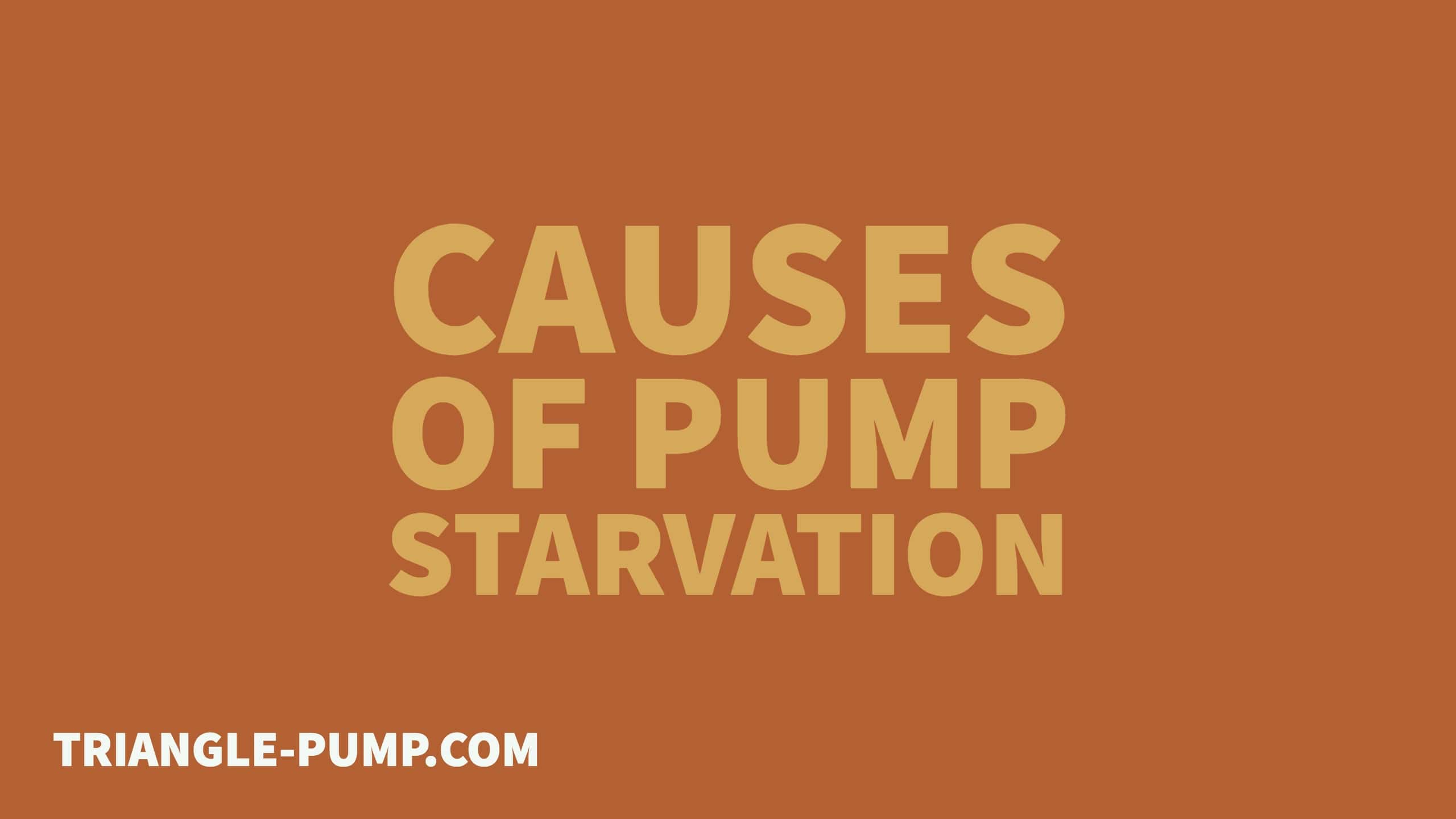The result of restricted inlet liquid flow, pump starvation can be devastating to pump systems. Starvation causes pumps to run dry, quickly decimating the pump plungers, packing and valves.
Causes of Pump Starvation
Below are some of the most common causes of starvation in reciprocal pumps.
- Low-level tanks; not enough tank head
- Inadequate piping, whether it’s too long, has too many 90° angles, or includes pipes that are too small or too large in diameter
- A feed pump that is too small or needs maintenance
- A pulsation dampener that is not present or is in need of repair
- A suction valve that is too heavily sprung

In real-life systems, however, the contribution of velocity head is usually negligible.
Results of Pump Starvation
One of the most common results of pump starvation is cavitation — the formation of bubbles or cavities in a liquid. This develops in areas of relatively low pressure.
The imploding or collapsing of these bubbles can often cause significant damage to the pump as the pump shakes and the valves begin to clatter. Pump performance quickly falls off, and the discharge gauge will begin to fluctuate wildly and eventually fail.
Resolving Pump Starvation
Correcting the piping is one way to remedy pump starvation, but if the problem can’t be resolved because of time or financial constraints, a partial fix can be done by installing Triangle Pump Components’ Cavitation Package (CavPack® valve set), which includes a suction valve and discharge valve.
The suction valve design — V7H (light spring, low lift) — is the most effective valve for low net positive suction head applications in which plunger pumps are starved of incoming fluid on the suction side.
The V7H allows in as much fluid as possible. This lightweight metal valve disc allows for exceptional service life, significantly outlasting other leading styles of pump valves. To help maintain its long life span, the low-sliding friction and inertia of the V7H’s disc keep power consumption to a minimum while in use.
Meanwhile, the discharge valve design — V7F or V7FD (heavy spring, high lift) — allows out as much fluid as possible. The taller profile of the V7F also provides a spill area for fluid.
Learn More
Check out our video for more tips on treating pump starvation. Or, to discuss how Triangle Pump Components can help solve your reciprocal pump valve and plunger problems, contact the team today.